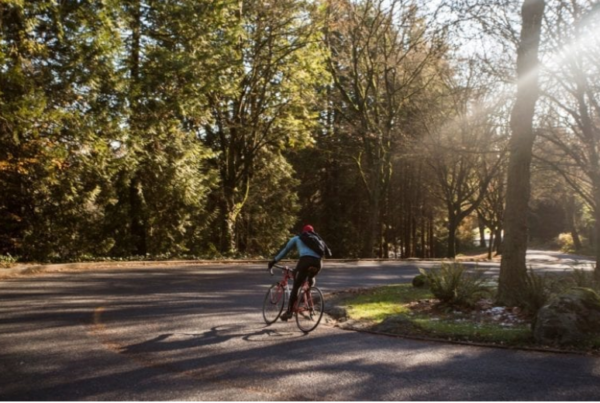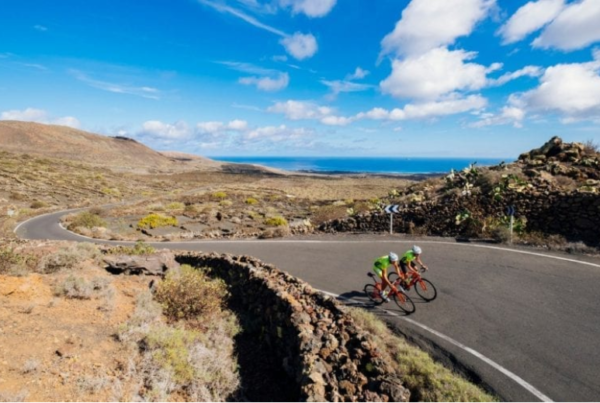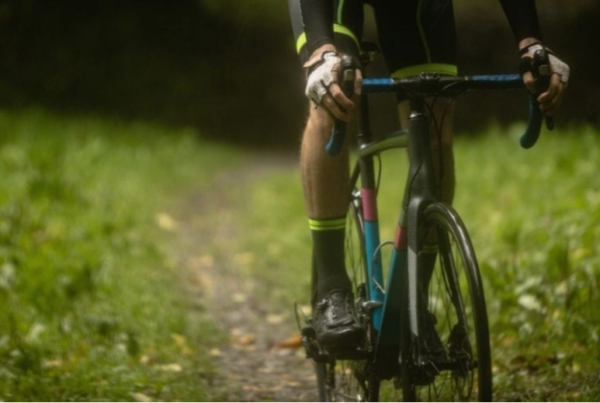With so many different options available, choosing the right road bike can be tricky. From the various road bike categories to what you’ll get at each price range, use this guide to determine which road bike suits your style of riding and your overall budget.
As a starting point, it’s important to understand the different categories of road bikes and pick the one best suited to your style of riding.
ALL-ROAD
A newer category of road bikes, all-road bikes are meant to be ridden on the road or off-road on surfaces such as dirt or gravel. It’s similar to a cyclocross bike but with a more relaxed geometry, making it ideal for longer distances. These bikes usually have larger tires, strong frames and suspension technology to handle rougher terrain. While not the fastest on the road, these bikes can generally be ridden on long rides without too many downsides when compared to a normal road bike.
COMMUTER
While usually heavy, commuter bikes are meant to take a beating in a variety of weather conditions. Fenders and racks are usually standard on these bikes, while the geometry is more upright for comfort and improved visibility in high-traffic scenarios. A straight handlebar makes for easier handling at slower speeds with wider tires and heavier frame to make the handling steadier and more durable over time.
ENDURANCE
- READ MORE > HOW TO CHOOSE YOUR FIRST ROAD BIKE
Endurance and touring bikes usually have a more forgiving geometry when compared to a racing bike. The main difference is they are usually lighter than a touring bike while still maintaining comfort. Bikes in this category are good for riding in the occasional long-distance cycling event like a Gran Fondo or a century and are excellent options for high-mileage training. While not as stiff as an all-out race bike, they can still perform on climbs and are often equipped with mid-range components that achieve a balance of durability and lightness.
RACE
Made with the high-end frame materials like carbon and components that focus on weight savings and stiffness, these bikes favor speed and handling over comfort and durability. Race bikes tend to climb well, are fast for solo efforts and offer energy savings through aerodynamic advantages. These bikes also have aggressive geometry to place the rider in a lower position. Though this is ideal for aerodynamics, the rider needs to be flexible and have a stronger core to tolerate the more hunched-over position.
TIME TRIAL/AERO
Ideal for long and flat race courses, aero bikes are heavier than race bikes but feature more aerodynamic advantages to cut through the wind. Aero bikes have flatter tube shapes and a low geometry that may not be ideal for long climbs or steep pitches. Time trial bikes are similar to aero road bikes but have an even more forward geometry and aero bars instead of drop handlebars to achieve an even lower riding position.
TOURING
Bikes in this category focus on durability and comfort over long distances. This usually means a more upright geometry and a heavier overall weight due to the sturdy, beefy frames, tougher wheels and components that are strong and long-lasting. These bikes often have attachments for racks and panniers and are made to carry heavier loads than regular road bikes.
The bike you choose depends on how much money you want to spend. Once you’ve decided which category of bike fits your style of riding, you’ll need to figure out a budget. How much you spend can also be determined by things like how much racing you plan to do, how many days per week you want to ride, and whether or not you value lightweight parts over a heavier, more comfortable bike.
ENTRY LEVEL: $0–$1,000
Bikes in the entry-level category are usually made of aluminum fiber to cut costs while remaining relatively light and durable. Components on these bikes are usually reliable but heavier in overall weight and efficiency. The wheels on entry-level bikes are often made from the same manufacturer as the frame and are good for training but may be too heavy for competitive racing or riding long climbs. Bikes in this price range are best for cyclists who like to ride a few times per week for fitness.
MID-RANGE: $1,000–$4,000
If you ride a lot, like to tackle tough climbs and race occasionally in your local Gran Fondo, mid-range bikes are ideal. The geometry is not as aggressive as high-end models while maintaining a good blend of lightweight, durability and comfort. Frame materials range from aluminum to steel and carbon fiber, while componentry will usually be lighter and the wheels a bit faster than entry-level models. Shimano Ultegra, Campagnolo Potenza and SRAM Rival are drivetrains normally found on these bikes.
HGH-END: $4,000 and Up
High-end bikes are normally equipped with the lightest possible componentry and carbon frames and wheels that are ideal for racing and climbing. These bikes usually do not require future upgrades, with some models allowing you to custom pick your components and wheels before you buy. High-end models normally focus on the latest aerodynamic technology, more aggressive riding positions and weight savings. Drivetrains like Shimano Dura-Ace, Campagnolo Record and SRAM Red are often top choices, with some newer models also going the route of electronic shifting for superior performance.
If you’re still on the fence about what category of bike you want and the price range of bike you need, here are a few other things you should consider that will make your choice a little easier.
HOW MUCH DO YOU RIDE?
If you’re only riding twice a week, spending $5,000 on a road bike probably isn’t necessary. There are a lot of great bikes for less than $1,000 that get the job done well for cyclists who mainly complete shorter rides a few times per week and are more concerned with fitness as opposed to speed.
WHICH BIKE FEELS THE MOST COMFORTABLE?
When money isn’t a primary issue, taking a bunch different models out for a test ride is a great idea. This allows you to choose a bike that fits your body type the best and responds to your riding style. Handling, comfort, responsiveness and fit should all be considered. Each model is slightly different and highly individual, so don’t focus on name brands and color schemes; instead look for a bike that feels the best when you’re riding it.
IS THE BIKE FUN TO RIDE?
A bike that’s not fun to ride won’t do you much good. Make sure the bike you choose makes you want to ride more often and for longer distances. A bike that only gives you an achy neck or one that has twitchy handling and makes you nervous on descents will end up on the wall in the garage.
WHAT ARE YOU GOING TO USE YOUR BIKE FOR MOST OFTEN?
Do you race every month or twice a year? This can often make the difference between choosing a mid-level bike and a high-end model, or an endurance bike over an all-out race bike. When choosing a particular model, ask yourself what you’re going to use it for most often. If long, frequent training rides and the occasional race are your thing, a mid-range endurance model might be your best bet. On the other hand, if you are a serious cyclist who already has a training bike and needs something superfast to race on, a high-end race bike would be better suited.
ARE YOU GOING TO WANT TO UPGRADE LATER?
While this is certainly an option if you don’t want to shell out a bunch of money initially, purchasing a bike in the next price category up likely saves you money in the long run. Component and wheel packages are usually discounted on a complete bike to give you the best overall value, while purchasing wheels separately generally costs you more. If you’re going to want to upgrade your components and wheels within a year or two, you’re better off saving your money until you can shop for a bike in a higher price range.









